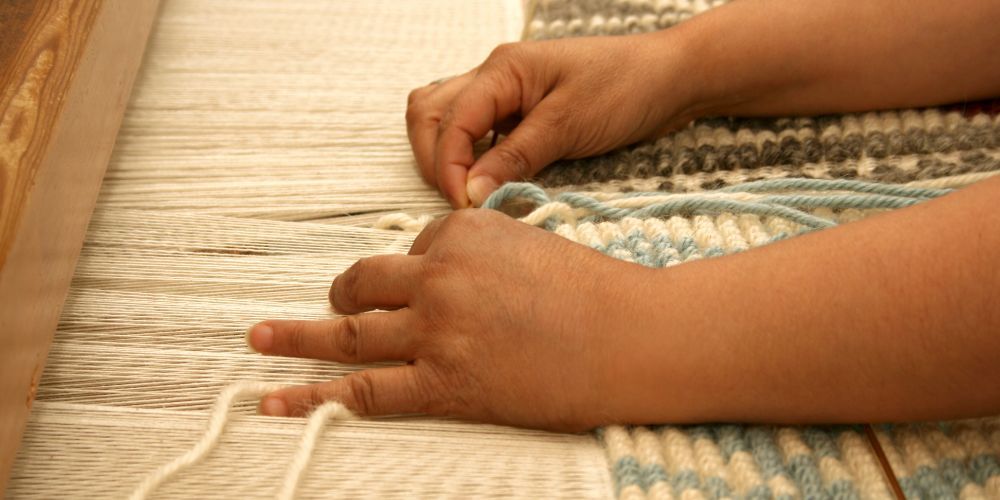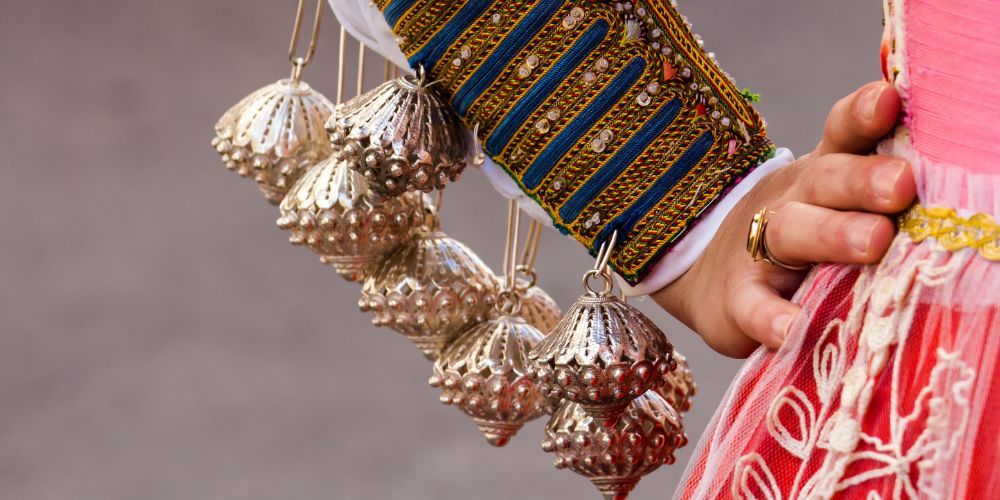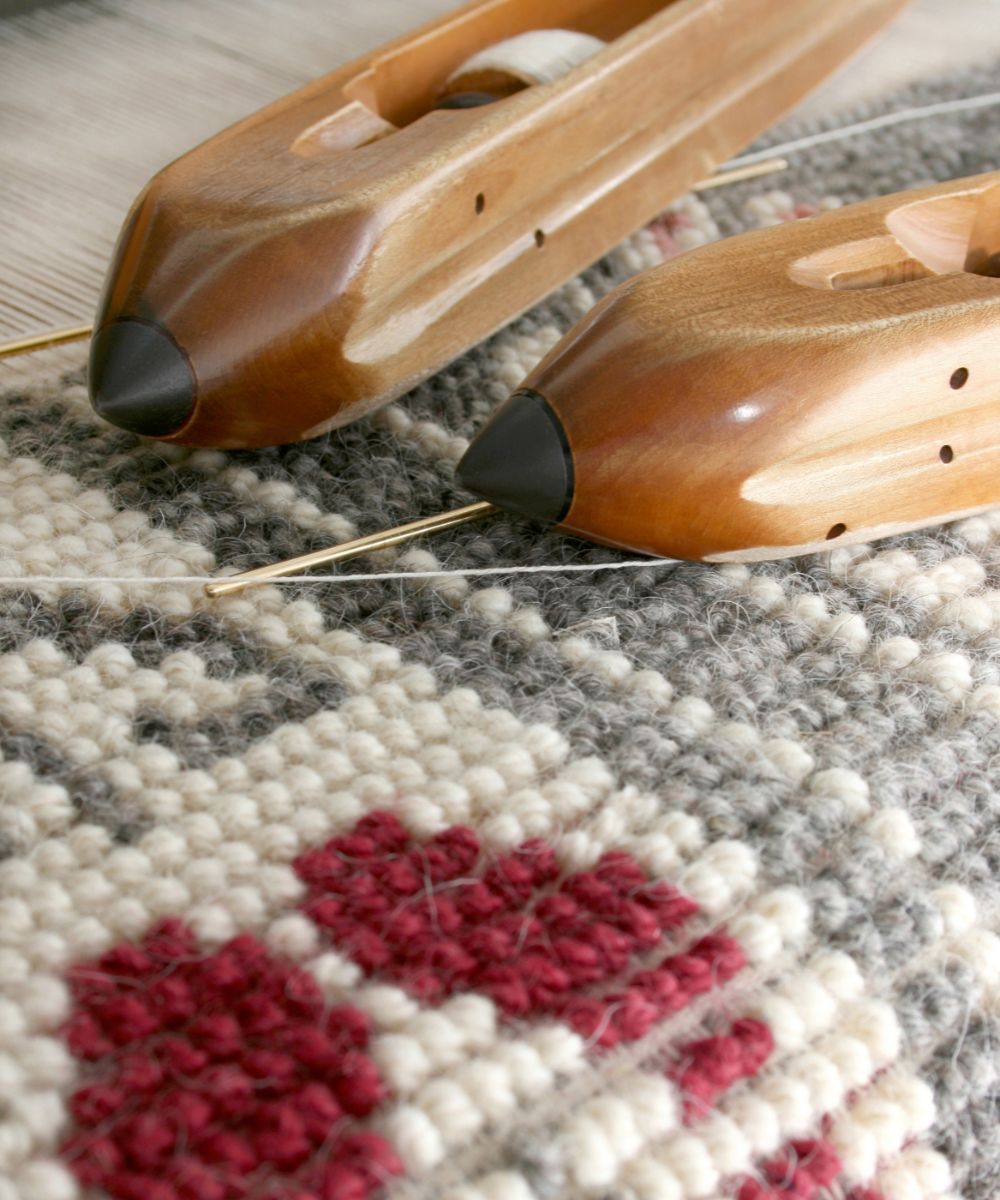Colors, fabric and creativity: let's discover the secrets of Sardinian handweaving, one of the most important Italian artisan traditions.
Italy is fortunate enough to have preserved many important artisan traditions and Sardinian handweaving is among the oldest and most fascinating. This wonderful island conquers all thanks to its awesome landscapes, the archeology, the food; children can have fun too, on the endless beaches or visiting attractions such as Saridinia in Miniature. To contribute to the indisputable Sardinia's charm there's the fact that it often looks suspended between past and present. For example, even today you can hear the looms beating as they work incessantly to transform simple threads into authentic works of art.
Imitated almost everywhere in the world, authentic Sardinian handweaving has an indisputable charm because it preserves almost two thousand years of history and is based on techniques that for all this time have been handed down from generation to generation with very few variations. More info about Sardinia in Miniature❯

Sardininan handweaving between art and technique

The processing of yarns is a pretty common practice throughout the Mediterranean, however Sardinian handweaving has been able to develop techniques, characteristics and even names for the different types of processing which have transformed it into one of the most interesting expressions of the culture of a people.
Sardinia boasts many important artisan traditions and the creation of carpets, chest covers, tablecloths, pillowcases and even clothes is still alive and current today. Exploring the island you will come across many techniques that vary from region to region, from village to village, and in just as many decorative motifs. There are bright or neutral colors and also complex geometries or floral motifs, whose origins are often lost in the mists of time. The materials are also different, but always linked to local activities, and so you can find wool, linen, hemp, but also silk and cotton.
Everything here is locally produced, even the colors with which the fabrics are dyed, which are obtained from native plants of Sardinia.
Sardinian handweaving's places

If it is true that artisanal weaving is practiced throughout Sardinia, it is also true that there are some places where the tradition is particularly felt.
In Nule, for example, a town in the north of Sardinia, the use of vertical looms is widespread and beautiful carpets with a typical geometric decoration, called flames, are produced. The flames are actually rhombuses that are alternated with other geometric patterns.
Aggius, on the other hand, is a village in Gallura already famous for an exceptional nuraghe, and which also boasts an ancient tradition regarding wool processing. Here carpets and blankets are produced in colors inspired by the world of nature, such as green, brown, ocher.
Last but not least, Samugheo, right in the heart of Sardinia, keeps alive history and tradition of the artisanal processing of yarns. Many perhaps don't know that right here there is a museum entirely dedicated to Sardinian handweaving. For the richness and variety of its collections, this museum is certainly on a par with other Italian museums dedicated to the traditional manufacturing of fabrics, such as those that can be found for example in Tuscany or Venice. More info about Venice's Lace Museum❯
Sardinian handweaving: the art and the artists

Although today there are workshops with the aim of passing on the tradition of Sardinian handweaving where of course everyone is welcome, this art is historically practiced by women. Just like the wedding blankets, the techniques and secrets were also passed down from mother to daughter, from grandmother to granddaughter.
According to some legends, it was the janare, the witches, who taught the women of Sardinia to weave. In any case, the figure of the weaver was considered very important and still is today.
In some places in Sardinia still survives the custom of paying the weavers first, and then also giving them gifts or even praying for them to maintain the good health necessary to carry out what is a long and complex job.



